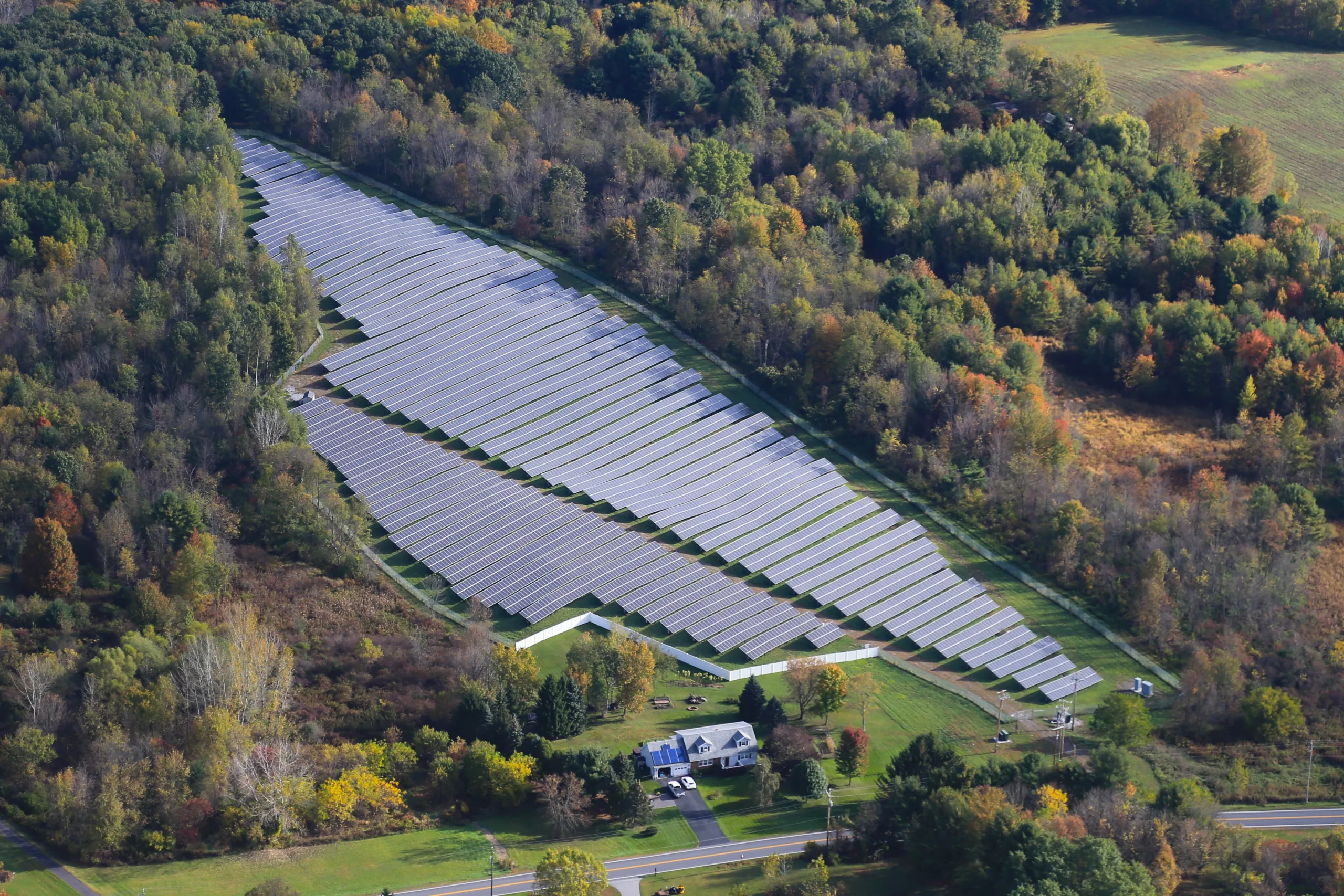Community solar refers to a solar installation where local subscribers (ratepayers) can receive credit on their electricity bills for a portion of the renewable energy produced from the solar system. This allows multiple members of a community – from homeowners to renters to businesses – to share in the benefits of solar electricity generation even if they cannot or prefer not to install solar systems on their own property.The community solar model is rapidly being adopted nationwide. According to a recent report from Smart Electric Power Alliance (SEPA), community solar in the U.S. grew 112% from 2016 to 2017, reaching a total capacity of 734 megawatts (MW). At the end of Q1 2018, community solar capacity hit nearly 1 gigawatt (GW) (GTM). These growth rates demonstrate the progress of creative renewable energy solutions and point to a bright future for community solar.However, despite the many benefits and anticipated massive growth of community solar, many corporates do not yet have a clear understanding of how they can engage with this burgeoning renewable energy model.Below are five ways in which corporate entities can participate and benefit from community solar:
- Participate as a “Subscriber” – Become a major off-taker participant in an offsite community solar project, whereby your business agrees to receive a significant portion of the solar system’s shared production. Although the specifics vary by state and project, businesses can typically serve as “anchor” subscribers and receive up to 50% of the system’s output. Subscriber arrangements are often similar to traditional solar power purchase agreements (PPAs): no required capital investment, a specified time period term for the arrangement, and a predetermined price for the solar electricity. Unlike traditional solar PPAs, a community solar project is often located offsite and can typically provide more flexibility on terms, such as shorter-duration contracts and/or non-fixed price alternatives.
- Serve as a “Corporate Sponsor” – Invite your employees to participate as subscribers in your corporate-branded project. They can benefit from terms such as guaranteed monthly savings on their electric bills derived from fractional interests in the underlying community solar project. This provides an ideal opportunity to engage employees with an innovative sustainability project, while also sharing the cash savings.
- “Host” a Community Solar Project – Allow the solar system to be installed and operated on your premises, in exchange for associated lease revenue. If your business has real estate that is suitable for solar (i.e. large unutilized roof or parking areas, or unused acreage), an interesting option to consider is to act as the “host” for a community solar project. As the host, you and your employees are also eligible for enhanced subscriber savings.
- Invest in a Community Solar Project – Own all or a portion of the community solar system and retain a greater proportion of the total solar project economics internally. For many corporate clients (i.e. those who are profitable, enjoy access to capital, and have significant income tax liabilities), directly owning solar systems can provide superior risk-adjusted returns on capital relative to other available capital investment.
- Do All of the Above – PowerFlex is currently working with a large industrial company that has elected to combine all of the above-mentioned options for their ground-breaking and highly-innovative community solar project in New York. Under this project, our client will host a 2.4MW solar system on the rooftop of its manufacturing facility, and will also serve as a major “subscriber” for the system’s solar electricity generation. In addition, the company will serve as the primary “corporate sponsor” of the project, enabling its employees to directly participate by signing up as subscribers to receive guaranteed savings on their monthly electric bills. Finally, the company will purchase and own the solar system directly, thereby retaining all of the associated project economics and garnering a highly attractive return on its invested capital.
The five ways listed above are a few of the many possible approaches for corporates to get involved with community solar. This solar model largely eliminates the issues of space and financial constraints for customers who would ordinarily be less-than-ideal candidates for onsite solar. And if you do have the available area and capital to build a solar system on or at your facility, community solar is a great way to show your commitment to sustainability and share the benefits with your employees and local community.If you are interested in community solar or going solar through other pathways, PowerFlex can provide a tailored, complimentary technical and financial analysis based on your real estate portfolio, energy usage, and available state and utility incentives. PowerFlex is agnostic to project structuring and provides a turnkey solar solution for corporate clients. Please contact us at info@entersolar.com.
